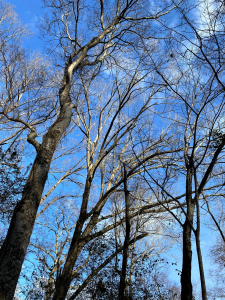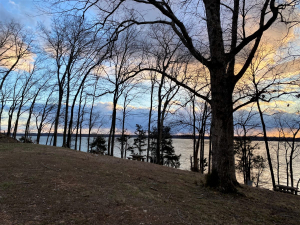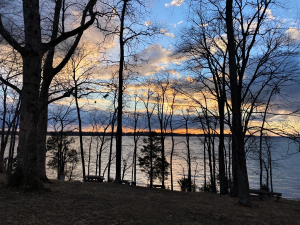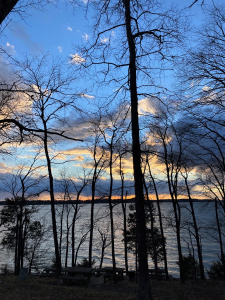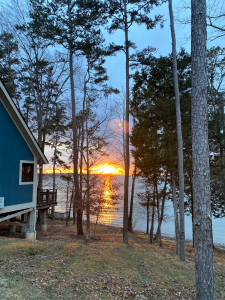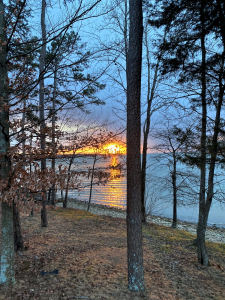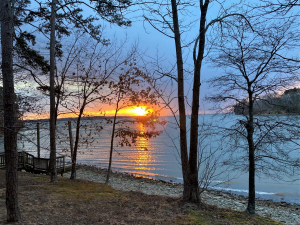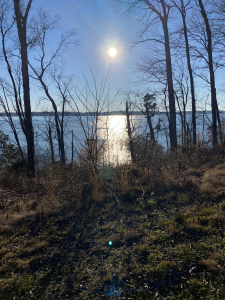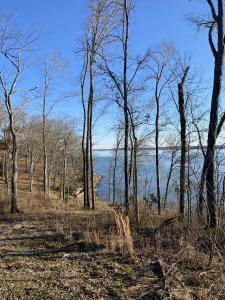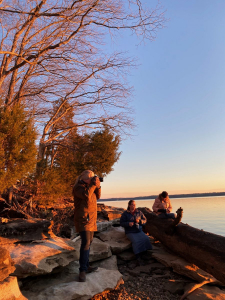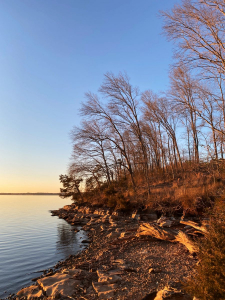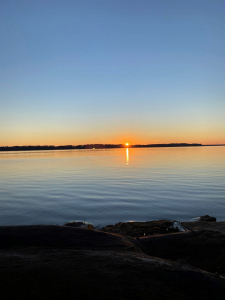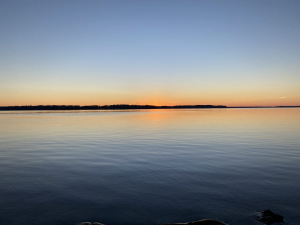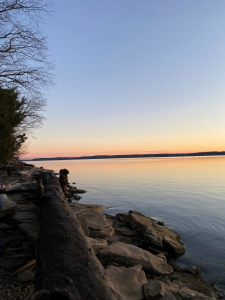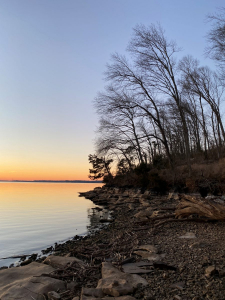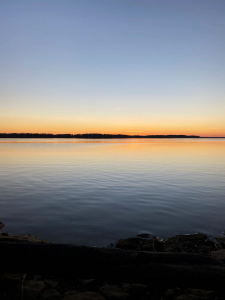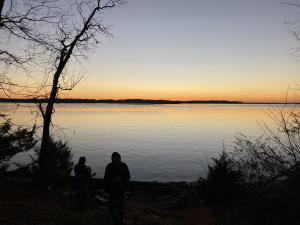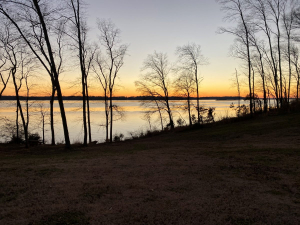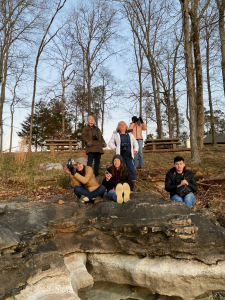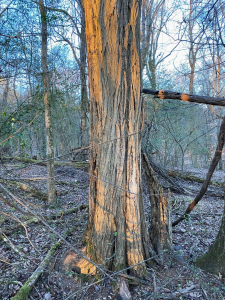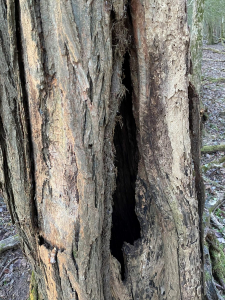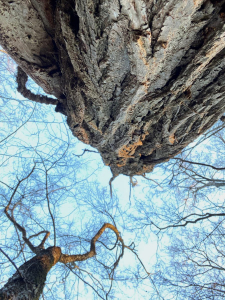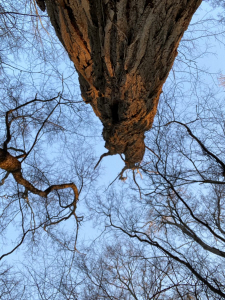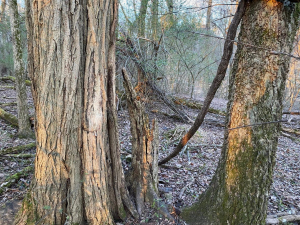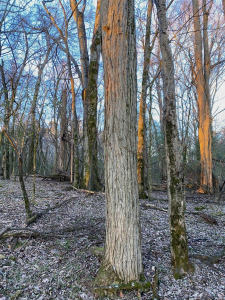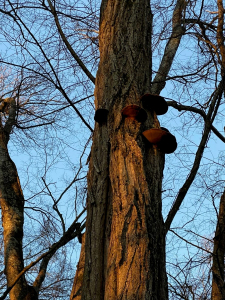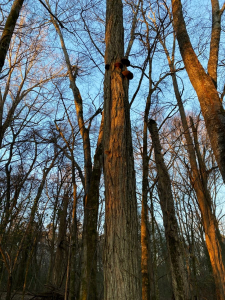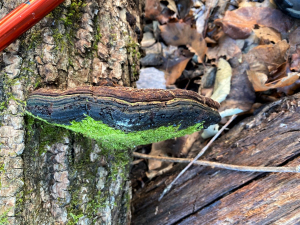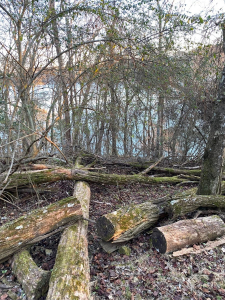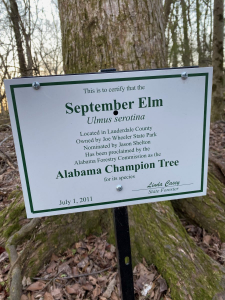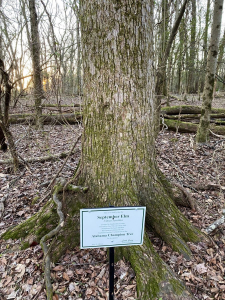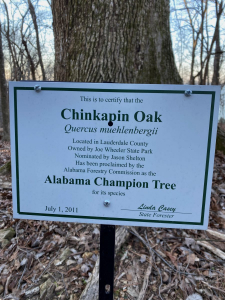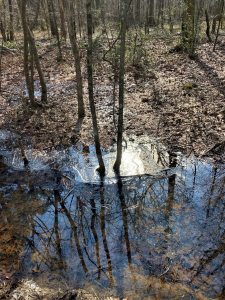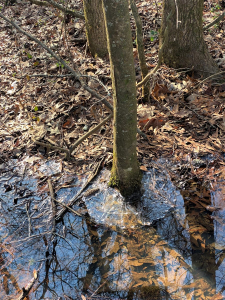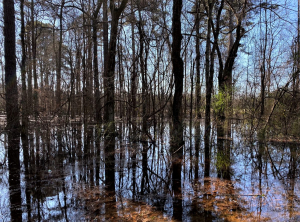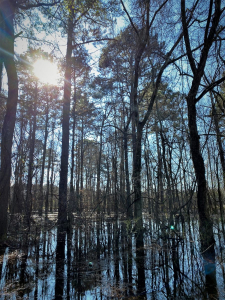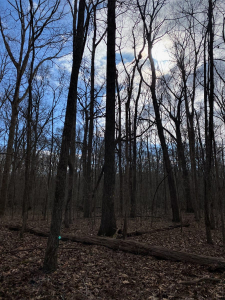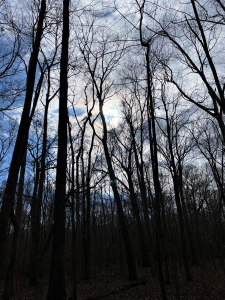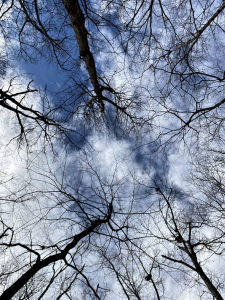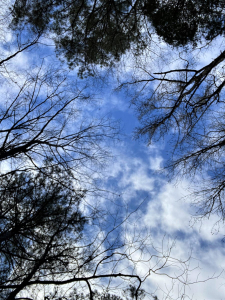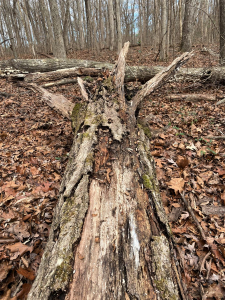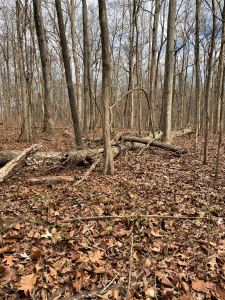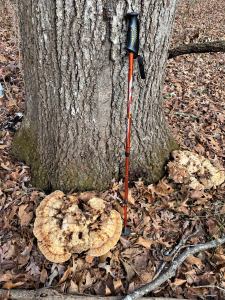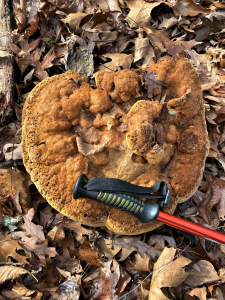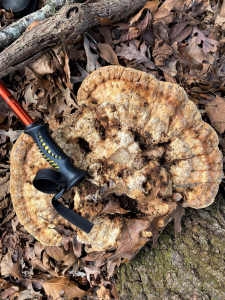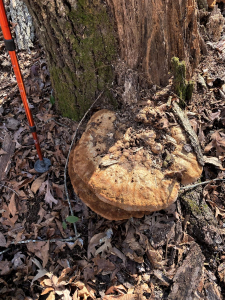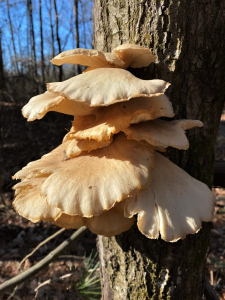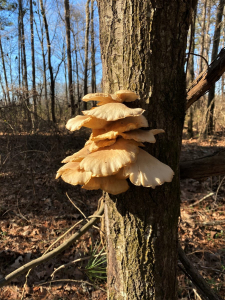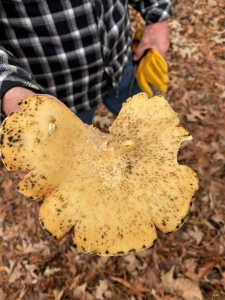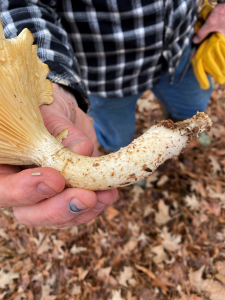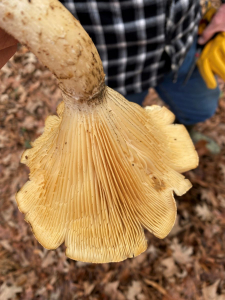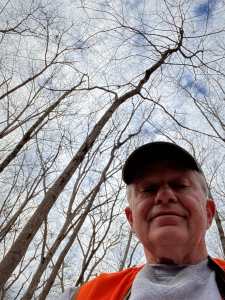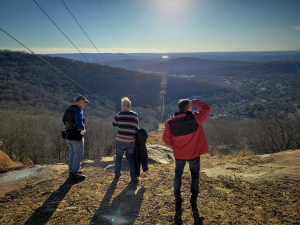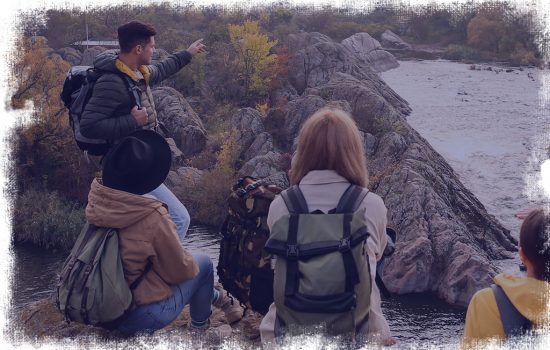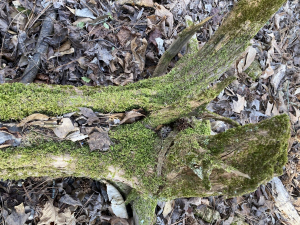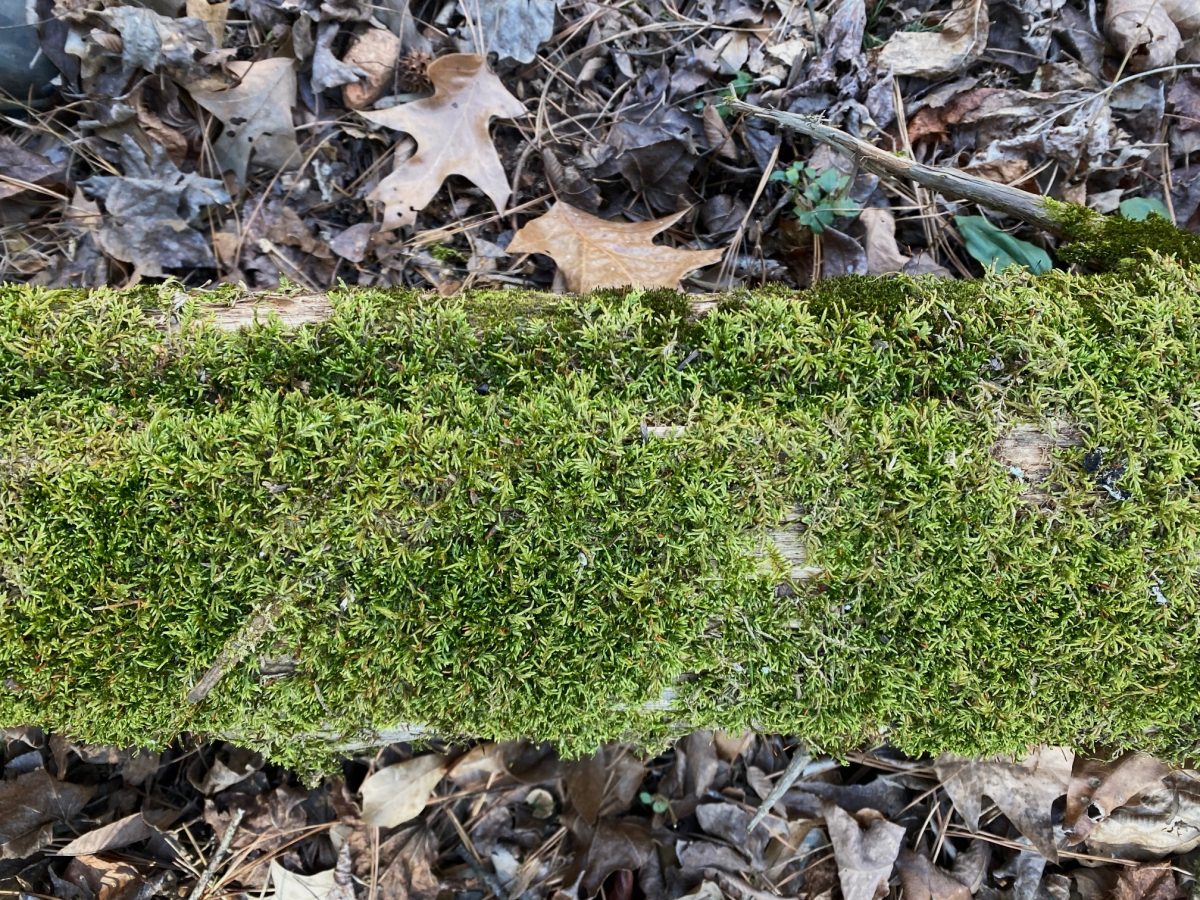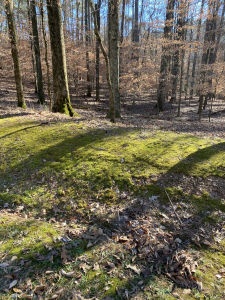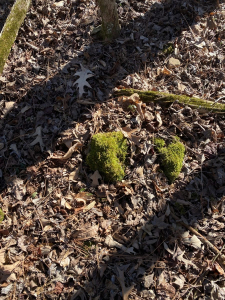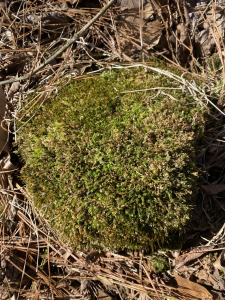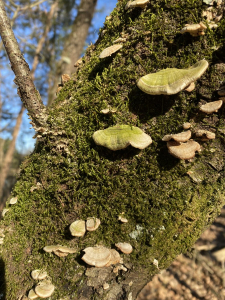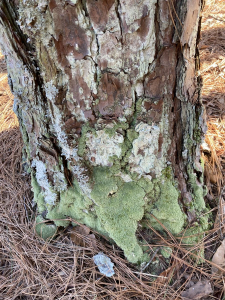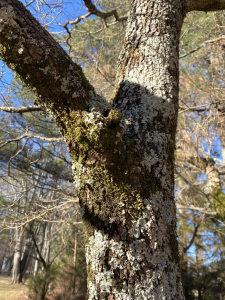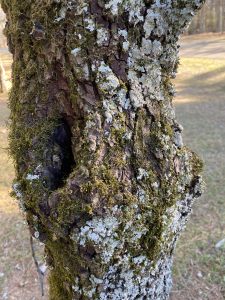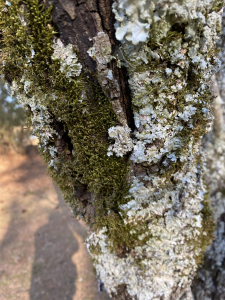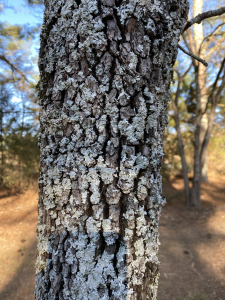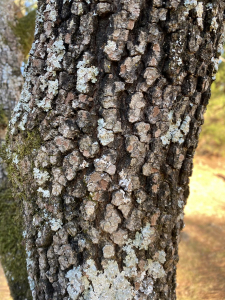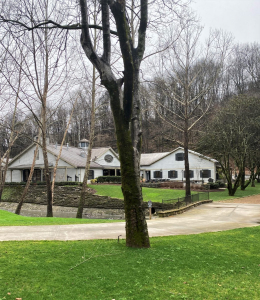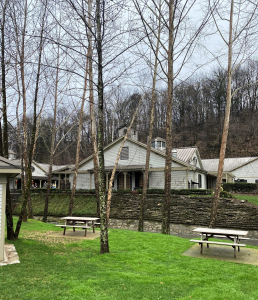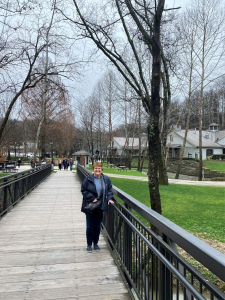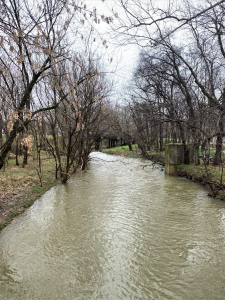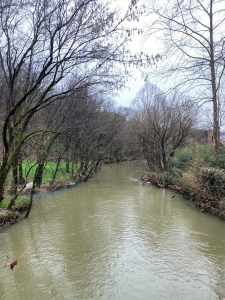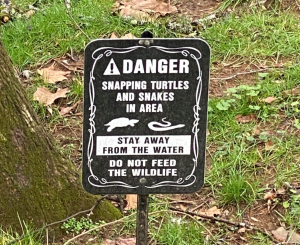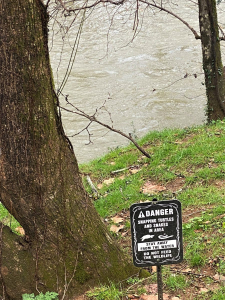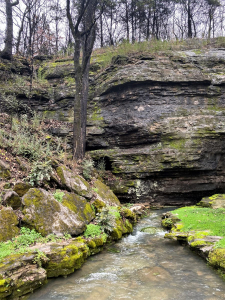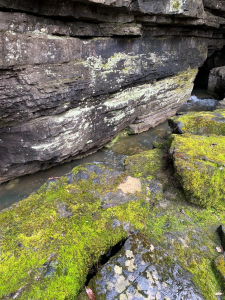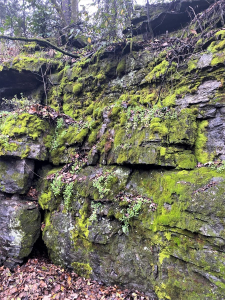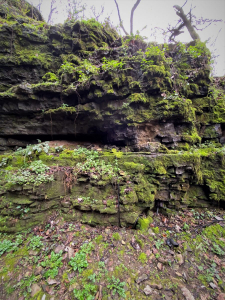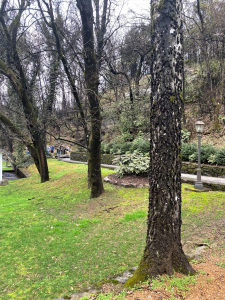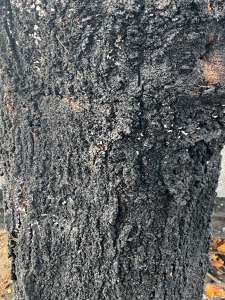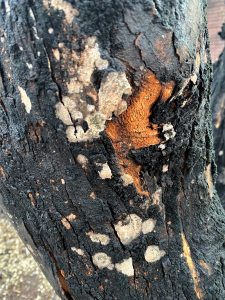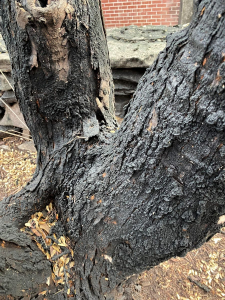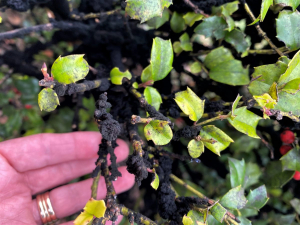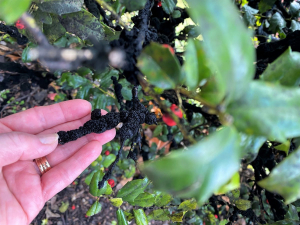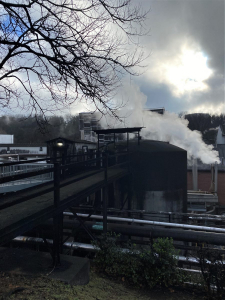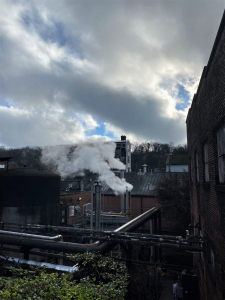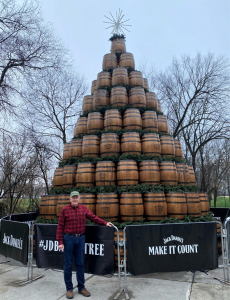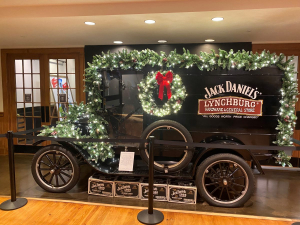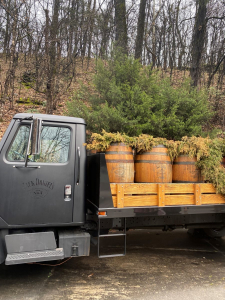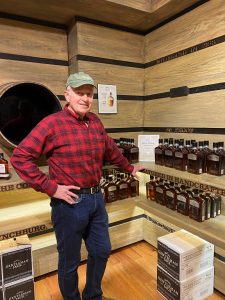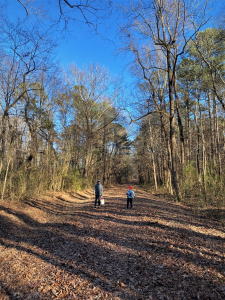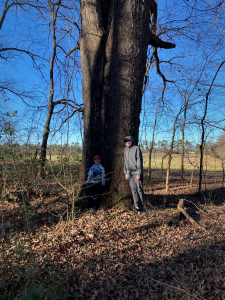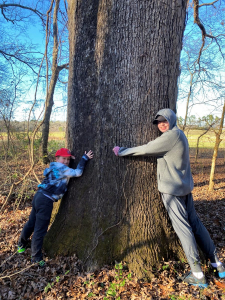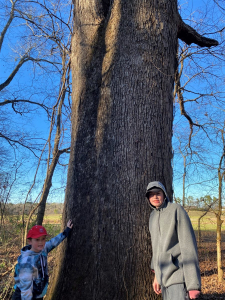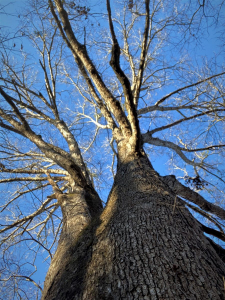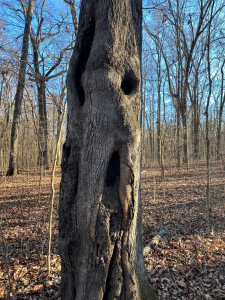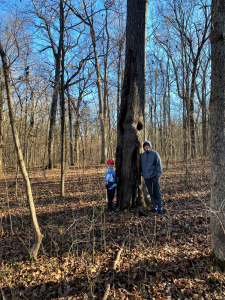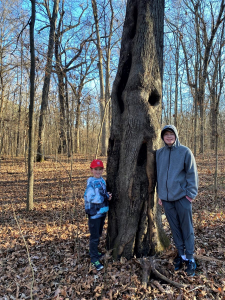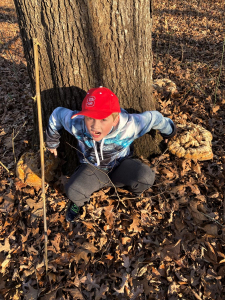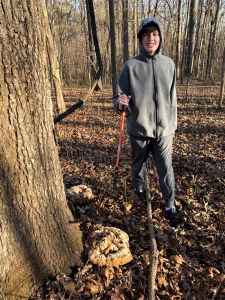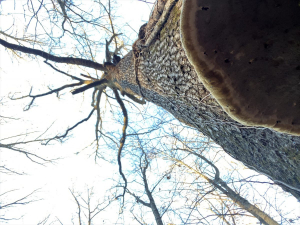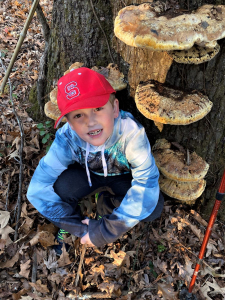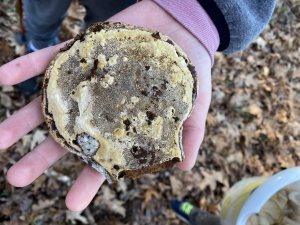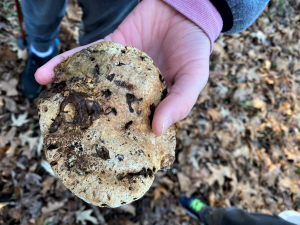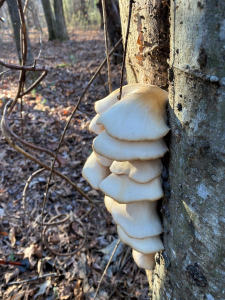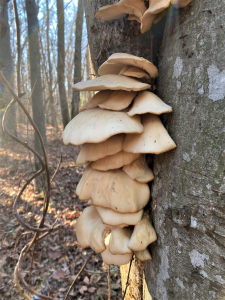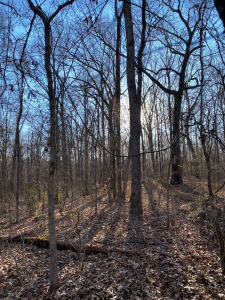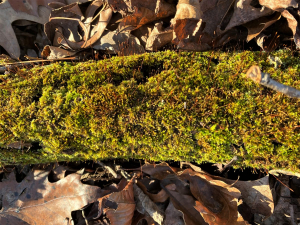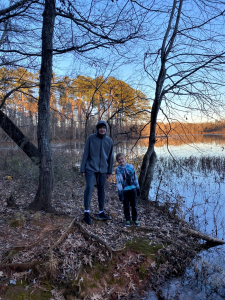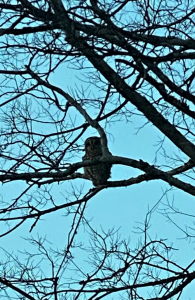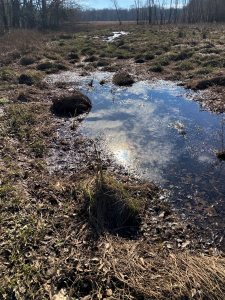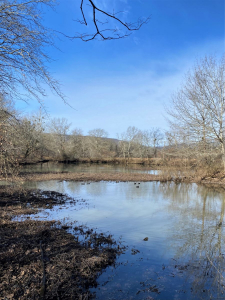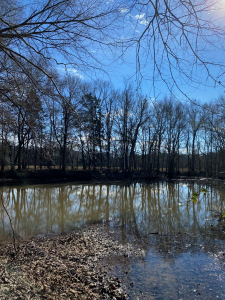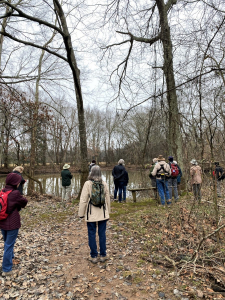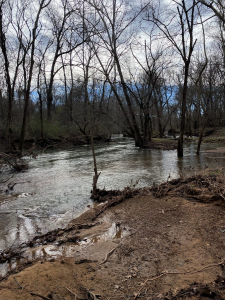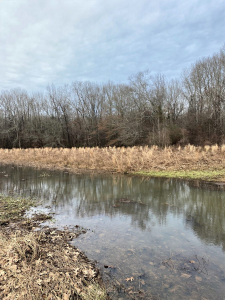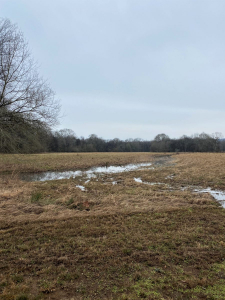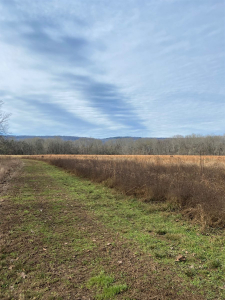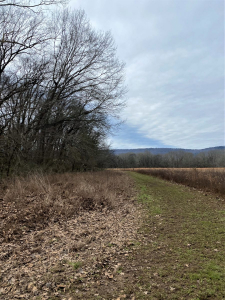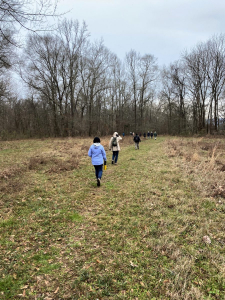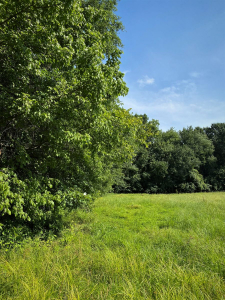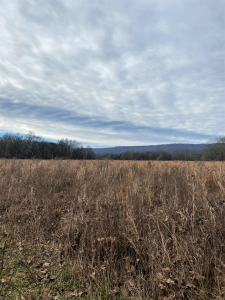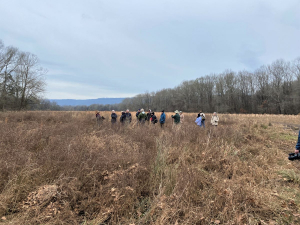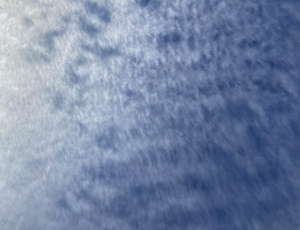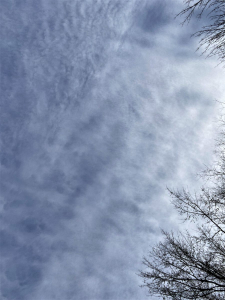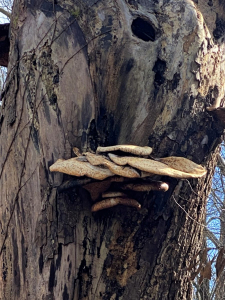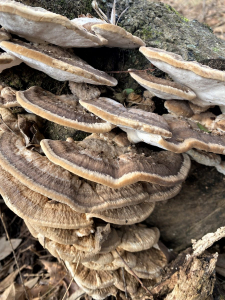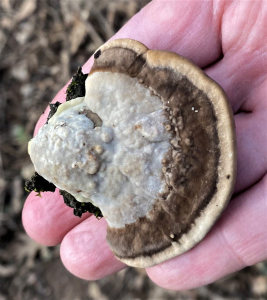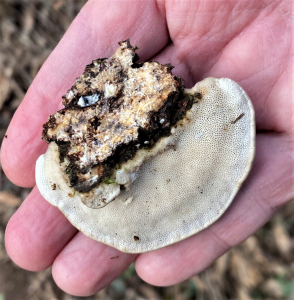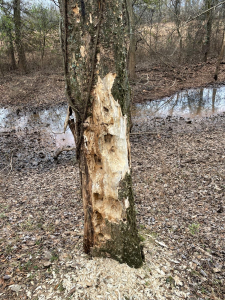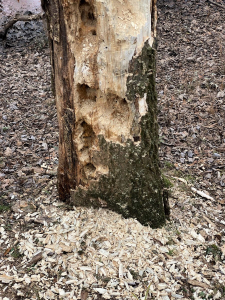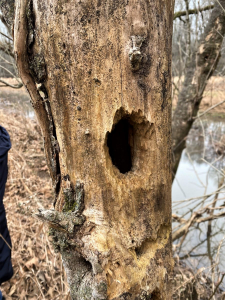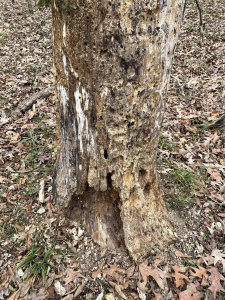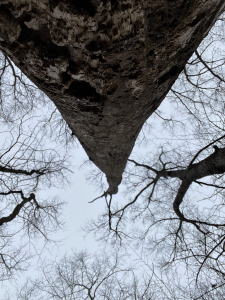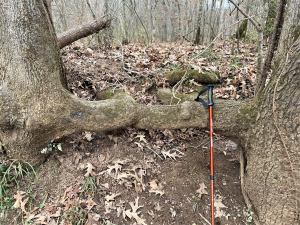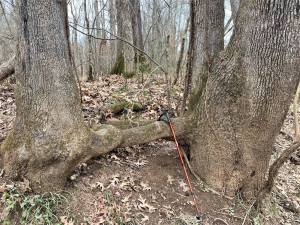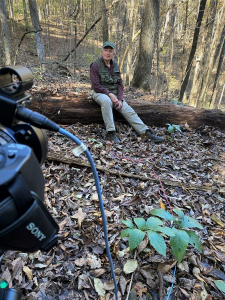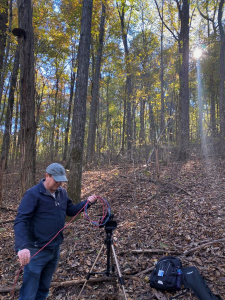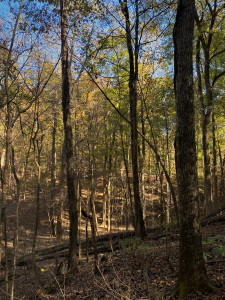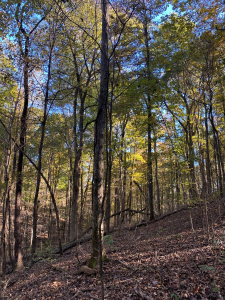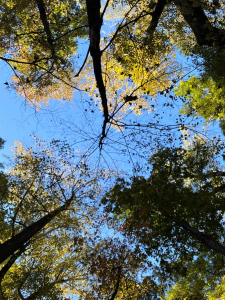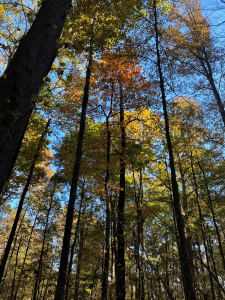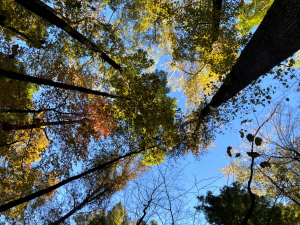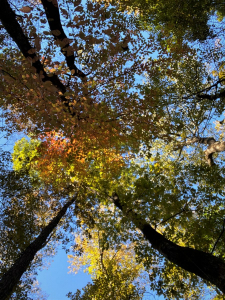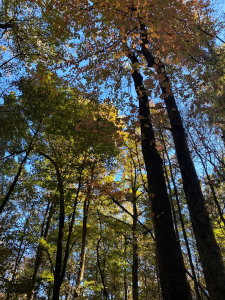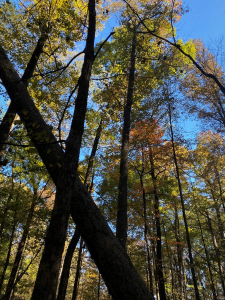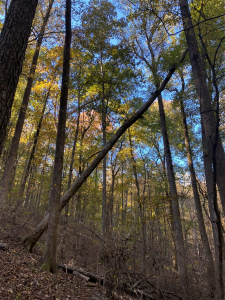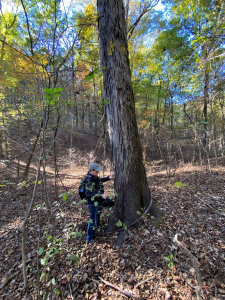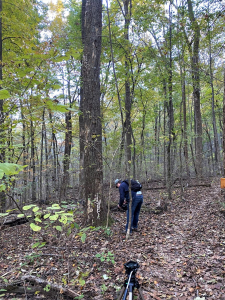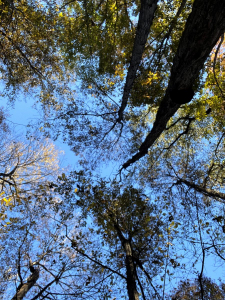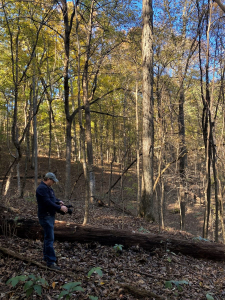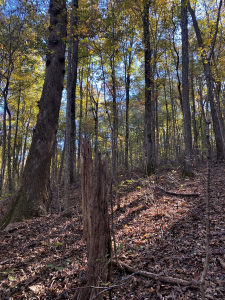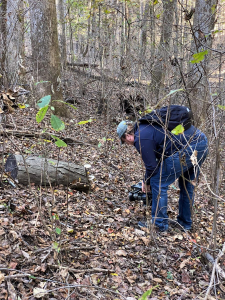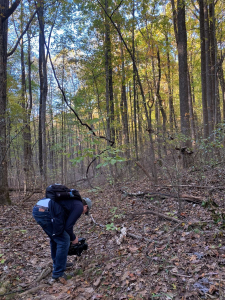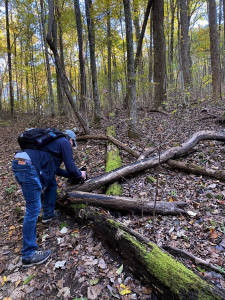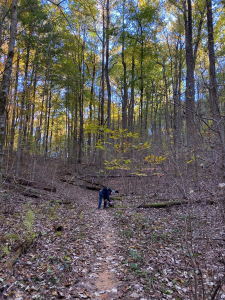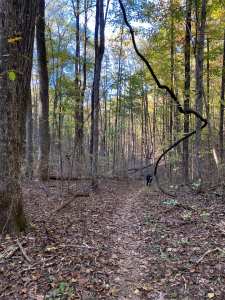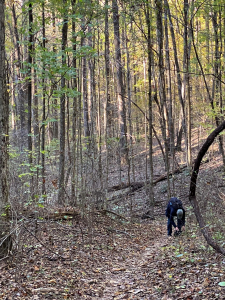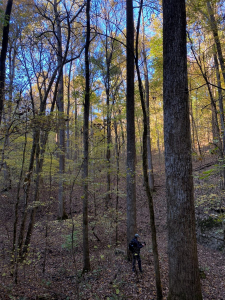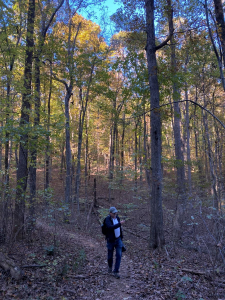A 25-month Retrospective on Tornado Damage at Joe Wheeler State Park
January 29, 2022, I co-led a Joe Wheeler State Park half-day tour as part of the Focus on Nature Weekend. We walked the Day Use and Campground areas, devastated by a December 2019 tornado. Both Park use-areas are scheduled to be reopened this spring. I offer photos, observations, and reflections on the Joe Wheeler SP tornado. However, this Alabama State Park is not alone in suffering tornado damage in recent years. Tornados have hit four of our 21 Alabama State Parks since April 27, 2011; I’ll mention those incidents below. This Post does not include any mention of at least two hurricanes that have impacted Gulf State Park over the same period.
Occasionally I muse with numbers…in this case, mulling the odds of four tornados hitting our State Parks over a nine-year period. The 21 Alabama State Parks account for 48,000 acreas, which is one 698th of the state’s total area of 33,548,160 acres. Alabama records an average of 46 tornados annually. Over the nine year period (2011 to 2019), at the annual rate of 46, we would have expected 414 of these severe tornadic storms across the state. Therefore, I conclude that our four tornado State Park touch-downs account for approximately one percent of the period’s tornados, even though our Parks represent just 0.0014 percent of the state’s area. That makes our incidence of tornado impact seem way beyond the law of averages…that we somehow serve as a target, that our Parks attract tornados! I remind us that tornadoes touch more than just a single spot — we must consider the area impacted by a single report.
What I don’t know is:
- the actual number of tornados over the period
- the average length of the actual tornados
- the average width of same
If these three variables were known (perhaps they are) we could calculate the average annual area impacted. Using only the number of tornados yields little to allow me to assess whether our Park incidence rate is relatively high or low. Let’s make some simple assumptions: average width = 0ne-quarter mile; average length = four miles; 640 acres per reported tornado. At 414 tornados over the period, the acreage impacted is 264,960, 0.0079 percent of the state’s area. Given my ignorance-fueled estimate of average tornado width and length, I am less inclined to conclude that our State Parks attract tornados!
Okay, having brought my musings to a close, I am now content that when visiting an Alabama State Park I am not slipping into the bullseye risk zone for being wind-whisked into eternity!
I shall continue, withour fear or deep concern, to give my passion for Nature-learning free reign, leading me into the forest…believing, looking, seeing, feeling, and acting on behalf of Earth Stewardship through my mission: Employ writing and speaking to educate, inspire, and enable readers and listeners to understand, appreciate, and enjoy Nature… and accept and practice Earth Stewardship. The spirit and vision of John Muir live within me.
As long as I live, I’ll hear waterfalls and birds and winds sing. I’ll interpret the rocks, learn the language of flood, storm, and the avalanche. I’ll acquaint myself with the glaciers and wild gardens, and get as near the heart of the world as I can. (Muir)
Joe Wheeler State Park
Let’s shift to Joe Wheeler State Park. I captured this first image in June 2020, the summer after the strike. The storm totaled the Day-Use Area bath house below and closed this area and the campground through all of 2020 and 2021. Park management hope to reopen by mid-March.
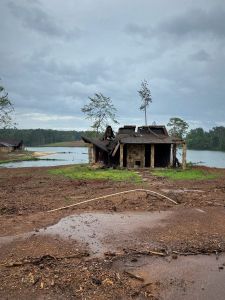
The view from the slope base in the Day-Use Area looks across the clean-swept tornado path to the far side (and beyond) of the Lake Wheeler inlet. In the immediate aftermath, this entire viewscape was a jumble of twisted and downed trees, along with other storm-tossed infrastructure. Thank God the area stood vacant when the twister ravaged the site.
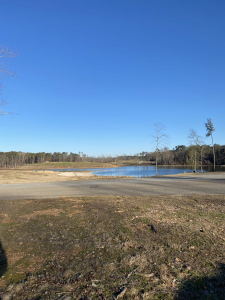
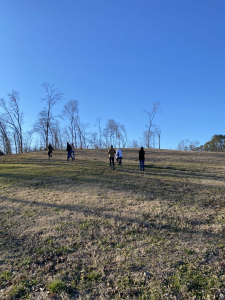
This sweetgum stayed vertical and retained its crown, although stripped of all branches on the windward side (facing the camera).
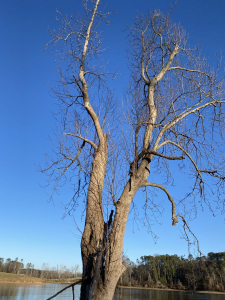
Picnic shelter number two suffered serious damage. I am not sure whether management’s intent is to repair (I doubt it) or replace. For now its stands as a memorial to wild December weather.
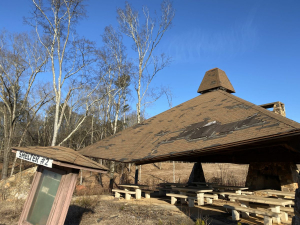
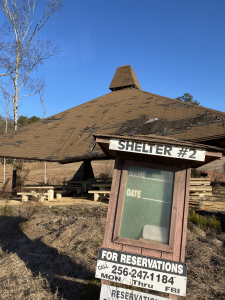
I think that most of us, had we been in the Day-Use Area on a summer afternoon with thunderstorms brewing would have sought shelter among the concrete picnic tables within the shelter. After all, it is identified as a shelter! Nature at her worst operates by brute force, humans beware. Nothing is more critical to outdoor enthusiasts of all manner than tracking pending severe conditions and listening for alerts, watches, and warnings.
John Muir observed Nature through wisdom’s eyes:
One should go to the woods for safety, if for nothing else. [As with all advice, be alert to exceptions.]
Few places in this world are more dangerous than home. Fear not, therefore, to try the mountain passes. They will kill care, save you from deadly apathy, set you free, and call forth every faculty into vigorous, enthusiastic action.
What a psalm the storm was singing, and how fresh the smell of the washed earth and leaves, and how sweet the still small voices of the storm!
Monte Sano, Lake Guntersville, and Oak Mountain State Parks Tornados
Monte Sano
I snapped these Monte Sano tornado damage photos below on March 22, 2018. I Published a Blog Post in September 2020, chronicaling the affected forest recovery four growing seasons beyond the tornado: https://stevejonesgbh.com/2020/09/23/four-year-tornado-forest-recovery-at-monte-sano-state-park/#:~:text=November%2029%2C%202016%2C%20a%20weak%20tornado%20%28EF-0%3B%20winds,four%20full%20growing%20seasons%20since%20the%20November%20storm.
I began that four-year recovery Post with these words: November 29, 2016, a weak tornado (EF-0; winds 40-72 mph or EF-1; 73-112 mph) touched down briefly at the northern bluff-edge of Monte Sano State Park’s North Plateau Trail.
The view looks to the northeast across valley fields, forests, and the urbanizing landscape.
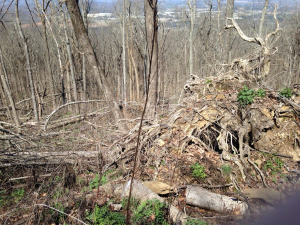
I’m standing on the North Plateau Trail. The campground lies just uphill (to my right). The winds savagely uprooted the oak (below right).
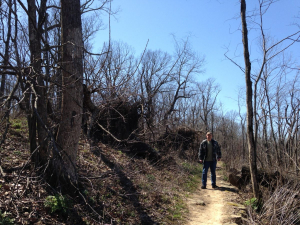
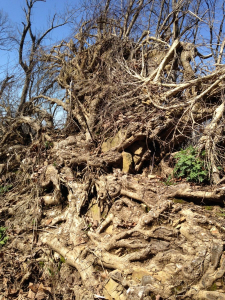
Again, Nature is oblivious to human lives and infrastructure. The Monte Sano tornado side-swiped the Park’s campground. Park staff provided this photo they took the afternoon the tornado hit. The RV in the foreground evidences that the twister came perilously close!
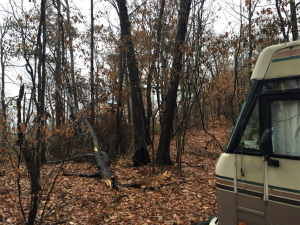
JWSP Staff Photo
We are the ones who must be vigilant.
Lake Guntersville
The Lake Guntersville State Park tornado struck April 27, 2011, the date of the double-barreled front that, among other blows, devastated Tuscaloosa. The front spawned 65 tornadoes statewide. Nature’s power is both magnificent and terrifying. Above all, we who celebrate her incredible beauty, magic, wonder, and awe, must also understand her ways and respect her fury. Again, we are the ones who must be observant and vigilant.
Internet Stock photos
Oak Mountain
Oak Mountain State Park suffered tornado damage in April 2021. Then Park Superintendent Kelly Ezell provided these photos that she took the morning after the storm hit.

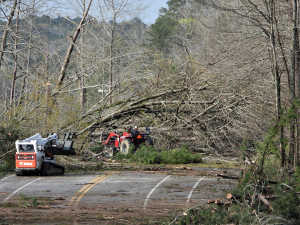
I visited the Park within a week (April 14, 2021) for other reasons…and insisted upon a side trip to the tornado-ravaged sector. Most of the damage had been cleared from the Park roads, yet the tree damage is severe within the adjoining forest. I will commit to returning in several growing seasons hence to monitor recovery, which I am sure will be rapid.
Earth has no sorrow that earth cannot heal. (Muir)
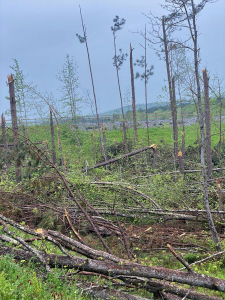
Again, Nature operates with brute force, but with no malicious intent.
All Nature’s wildness tells the same story: the shocks and outbursts of earthquakes, volcanoes, geysers, roaring, thundering waves and floods, the silent uprush of sap in plants, storms of every sort, each and all, are the orderly, beauty-making love-beats of Nature’s heart. (Muir)
Alabama State Parks Foundation
Thoughts and Reflections
I offer these observations:
- Earth has no sorrow that she cannot heal (Muir).
- Nature’s brutal furiosity is tempered only by her sublime glory (Muir).
- Nature’s power to humble and inspire is without limit, whether in her grandeur or her violence.
Inhale and absorb Nature’s elixir. May Nature Inspire, Inform, and Reward you!
Note: All blog post images created & photographed by Stephen B. Jones unless otherwise noted. Please circulate images with photo credit: “©2022 Steve Jones, Great Blue Heron LLC. All Rights Reserved.”
Another Note: If you came to this post via a Facebook posting or by an another route, please sign up now (no cost… no obligation) to receive my Blog Post email alerts: http://eepurl.com/cKLJdL
And a Third: I am available for Nature-Inspired Speaking, Writing, and Consulting — contact me at steve.jones.0524@gmail.com
Reminder of my Personal and Professional Purpose, Passion, and Cause
If only more of us viewed our precious environment through the filters I employ. If only my mission and vision could be multiplied untold orders of magnitude:
Mission: Employ writing and speaking to educate, inspire, and enable readers and listeners to understand, appreciate, and enjoy Nature… and accept and practice Earth Stewardship.
Vision:
- People of all ages will pay greater attention to and engage more regularly with Nature… and will accept and practice informed and responsible Earth Stewardship.
- They will see their relationship to our natural world with new eyes… and will understand more clearly their Earth home.
Tagline/Motto: Steve (Great Blue Heron) encourages and seeks a better tomorrow through Nature-Inspired Living!
Steve’s Three Books
I wrote my books Nature Based Leadership (2016), Nature-Inspired Learning and Leading (2017), and Weaned Seals and Snowy Summits: Stories of Passion for Place and Everyday Nature (2019; co-authored with Dr. Jennifer Wilhoit) to encourage all citizens to recognize and appreciate that every lesson for living, learning, serving, and leading is either written indelibly in or is powerfully inspired by Nature.
I began writing books and Posts for several reasons:
- I love hiking and exploring in Nature
- I see images I want to (and do) capture with my trusty iPhone camera
- I enjoy explaining those images — an educator at heart
- I don’t play golf!
- I actually do love writing — it’s the hobby I never needed when my career consumed me
- Judy suggested my writing is in large measure my legacy to our two kids, our five grand kids, and all the unborn generations beyond
- And finally, perhaps my books and Blogs could reach beyond family and touch a few other lives… sow some seeds for the future


All three of my books (Nature Based Leadership; Nature-Inspired Learning and Leading; Weaned Seals and Snowy Summits) present compilations of personal experiences expressing my (and co-author Dr. Wilhoit for Weaned Seals and Snowy Summits) deep passion for Nature. All three books offer observations and reflections on my relationship to the natural world… and the broader implications for society. Order any and all from your local indie bookstore, or find them on IndieBound or other online sources such as Amazon and LifeRich.

